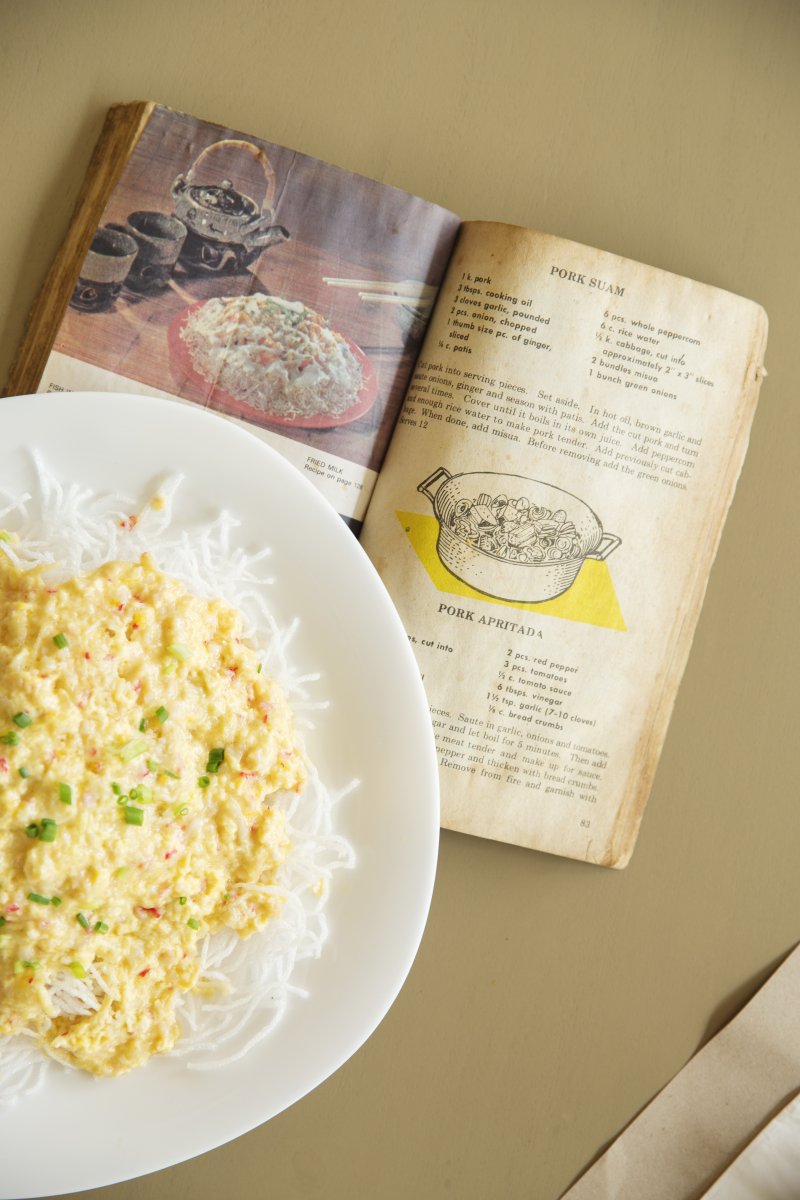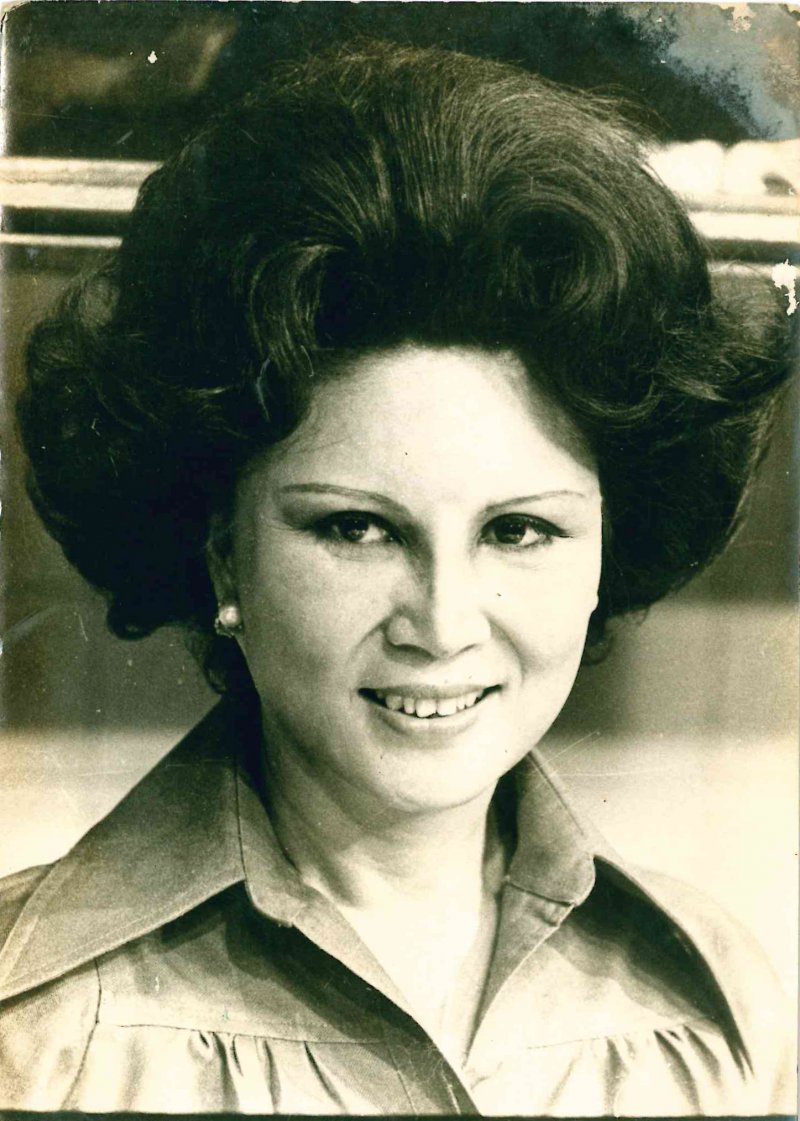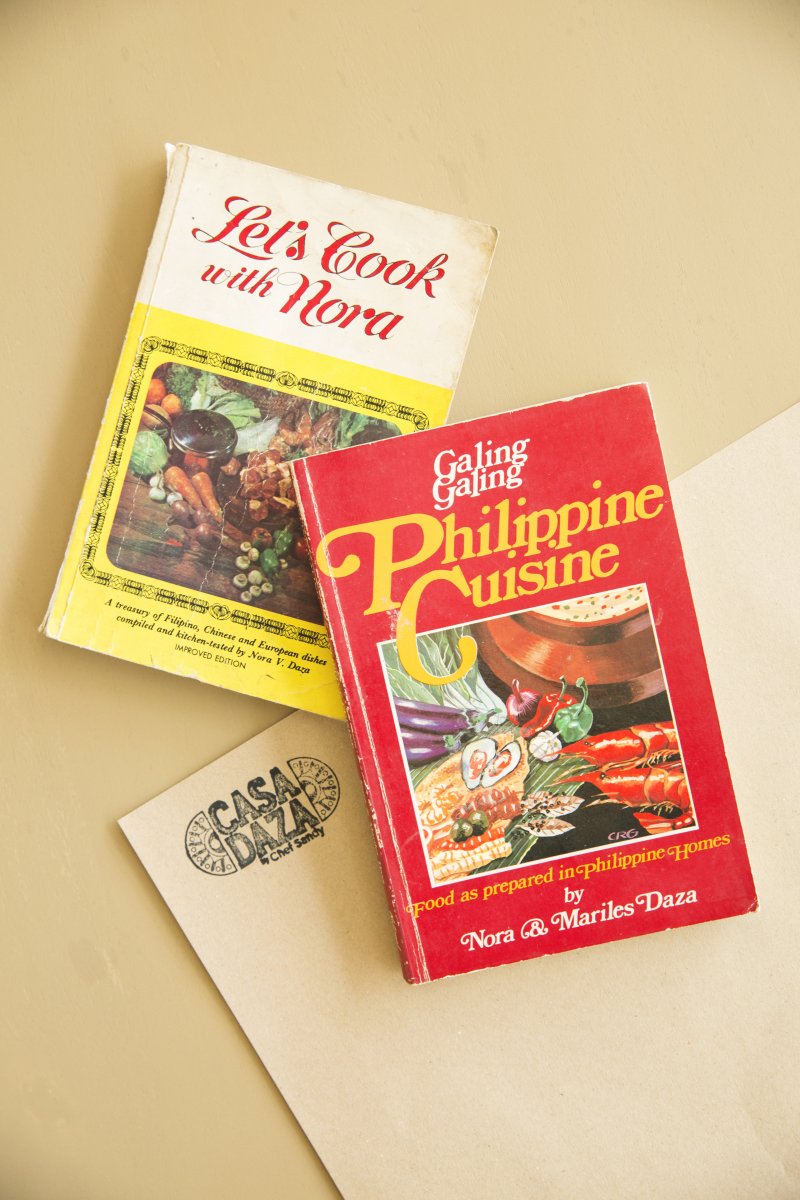“Lumaki sa kusina” is a Filipino expression used to describe kids who appear, well, well-fed.
In the case of the Daza siblings though—Sandy, Mariles, Stella, Nina, and the late Bong—it wouldn’t be a creative stretch to say that they were actually raised in the kitchen. After all, they are the children of the late Nora Daza, the visionary whose life’s work of making great Filipino food accessible to the public continues to influence not just local cuisine but the culture as a whole. Yet as far-reaching as Nora’s impact has been, her domain was always the cramped and hot confines of the kitchen.
In fact, “kitchen-tested” is a description that frequently comes up whenever the four siblings reminisce about their mother’s legacy and how her passion helped shape what they do now. As young adults, they were roped into helping their mother out, whether it was for Nora’s restaurants, cooking show, or cookbooks. Though not all of them work with food—the San Francisco-based Mariles works for a bio-tech company—and reunions haven’t happened as frequently as they did before Nora passed away in 2013, as grown-ups with families of their own, they all still go back to the kitchen to cook something up, whether for their own families or for a passion project.
Sandy is the most recognizable of the four due to the work he has done in print (he has a long-running food column, Word of Mouth, at Philippine Daily Inquirer) and television, the latest of which is the travel and food show “Food Prints.” Yet whether he’s writing about food or putting together a menu for a new restaurant, such as the recently opened Casa Daza, he relies on a palate that was weaned on his mother’s home cooking.
“We grew up exposed to good food without realizing it. It didn’t mean much to us that there were Michelin-starred chefs manning the kitchen of Au Bon Vivant (the first French restaurant in Manila, which Nora opened in 1965), but little did we know we were setting a standard already for our palates.” That high standard doesn’t preclude curiosity, though: In his travels, Sandy would always try out local fare and see how he could add the intricacies of a delicious discovery to his culinary repertoire, returning to the kitchen to experiment and further refine a recipe. “If, say, people have tried this many dishes of kare-kare, I’ve tried this many. So when I make my own kare-kare, it’ll be as good—if not better—than the best I’ve tried.”

Nina has also been doing some kitchen-testing of her own. The former editor of food magazine Appetite spent 2017 working on four cookbooks for the title, compiling, tweaking, and taking photos of all the contributed recipes that have been published in the magazine. It was the kind of fine-combing work that turned out to be the prep stage for her big project this year: an updated version of “Let’s Cook with Nora,” the seminal Filipino cookbook that has remained a bestseller since it was first printed in 1969.
“National Book Store approached me two years ago to ask if I wanted to do a simple edit of the book because they want to give it an updated look,” Nina recalls. “Together with (food writer/editor) Cris Abiva, I read through the recipes and found that they needed more than simple editing.”
She initially planned to retest and tweak around 15 to 20 recipes, especially those that feature sponsored ingredients, “but then I realized that some steps aren’t clear enough. After many months, I decided to retest everything.” The recipes and the basic ingredients cited by Nora long ago still stand today, but as a food editor, Nina knows that the variety of options now available in the market can be easily incorporated in her mother’s work. “Toyo, suka, chicken, pork, vegetables, fish—the basics are still the same, but today, we also have fresh herbs, different types of dairy, different types of cheese, lamb, salmon. The taste of the end result would still be delicious, but I want to offer readers more options.”
“We know the standard because we’ve been exposed to great food, and we keep on trying out new recipes and dishes,” Sandy Daza says.
Despite these small loopholes, “Let’s Cook with Nora” undeniably remains reliable, and this can be credited to the philosophy that Nora used when it came to spreading the gospel about Filipino food: Start with a basic recipe that anyone can easily learn and build from there. “That’s how you build someone’s confidence in their cooking,” Sandy emphasizes. “It’s what I also try to do [with “Food Prints”]. The message is, what I can do, you (the viewer) can also do at home.”

And he’s not just talking about the local audience. “Galing Galing Philippine Cuisine,” published in 1974 and co-written by Nora and daughter Mariles, was specifically targeted to Filipinos abroad who miss the flavors of home. “I helped her with that when I was in first year college,” Mariles reminisces. While her day job is not at all related to food, she never strays too far from the kitchen either. Aside from cooking for her family, Mariles keeps tabs on her siblings by asking them for cooking tips and sharing recipes with them. In fact, she has been working with Nina and Stella on a cookbook called “Kitchen Sisters,” a project they started back when their mother was still alive.
“We all have these different recipes that we’ve learned on our own, because I live in San Francisco, Stella lives in Vancouver, and Nina is based here in Manila, and so we bring our own specialties and expertise to the cookbook.” She notes with a laugh that it has taken them a long time to finish the project; Nora herself even referred to it in one of her last interviews: “Alam mo, [I told them] it’s not easy to write recipes,” the Daza matriarch told “Powerhouse” host Kara David in 2013. “It’s like having a baby. Sabi nila (her daughters), madali lang! Sabi ko, ‘You go ahead and try!’ [Ngayon,] ang tagal-tagal na hindi pa nila nagagawa!”

For her part, Stella, described by her siblings as the best baker among them, wanted nothing to do with the restaurant business when she first moved to Vancouver with her husband. “I was the one who helped mom with [the restaurant] Aux Iles Philippines in Paris, and it was too much work; I was the baker while my husband Jay was the cook. But when we started living in Vancouver, I didn’t like any of the Filipino food available there—and there wasn’t much, really—so we opened Tindahan Grocery in 2002.” Soon after, though, the couple converted the space at the back of the store into a kitchen and started serving Filipino dishes. “We opened a small turo-turo stall in 2004, and I remember how excited the customers were on our first day. They were watching us cook through the window, so nakaka–pressure!”
This curiosity and appreciation for food seem to be a Daza birthright, and the lure of the home kitchen remains strong among them. And Nora’s children wouldn’t have it any other way.
Serving the likes of laing, lechon paksiw, afritada, and kalderetang kambing, Tindahan Grocery fast became a community favorite, and in 2006, Stella got the Dazas’ long-time cook in Manila, Victor “Jun” Anonuevo, to work with them. “We were rated as one of the best Filipino restaurants in our area—no choice, since wala namang Filipino restaurant around when we started!”
The siblings are proud to continue their mother’s legacy in their own ways. “We know the standard because we’ve been exposed to great food, and we keep on trying out new recipes and dishes,” Sandy says. “Then when we all get together, while we’re eating, we still talk about food.”
“We explore new ideas and throw suggestions at each other,” Mariles affirms. “We always go back to food.”
This curiosity and appreciation for food seem to be a Daza birthright, and the lure of the home kitchen remains strong among them. And Nora’s children wouldn’t have it any other way. “Our mother’s vision for Filipino food was far-reaching,” Nina says. “But it is always based on what can be done in the kitchen.”
Originally published in F&B Report Vol. 15 No. 1






I very much enjoyed reading your article and feel very proud of each one of you – Sandy, Mariles, Stella and Nina. I guess your Mom would be very pleased and proud of each one of you too! I can almost see her beaming face looking on you all with delight and joy! – Tita Leni, r.c.